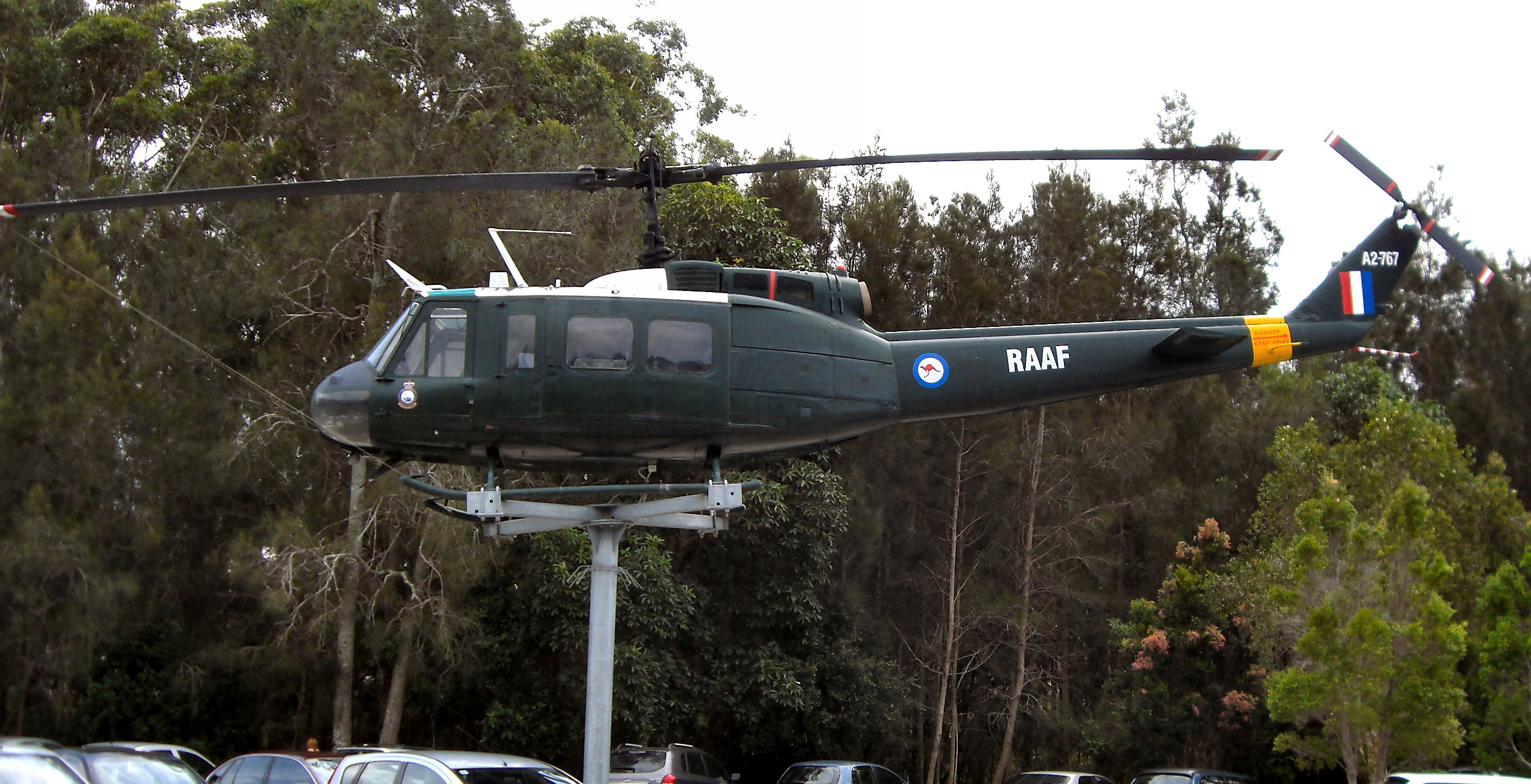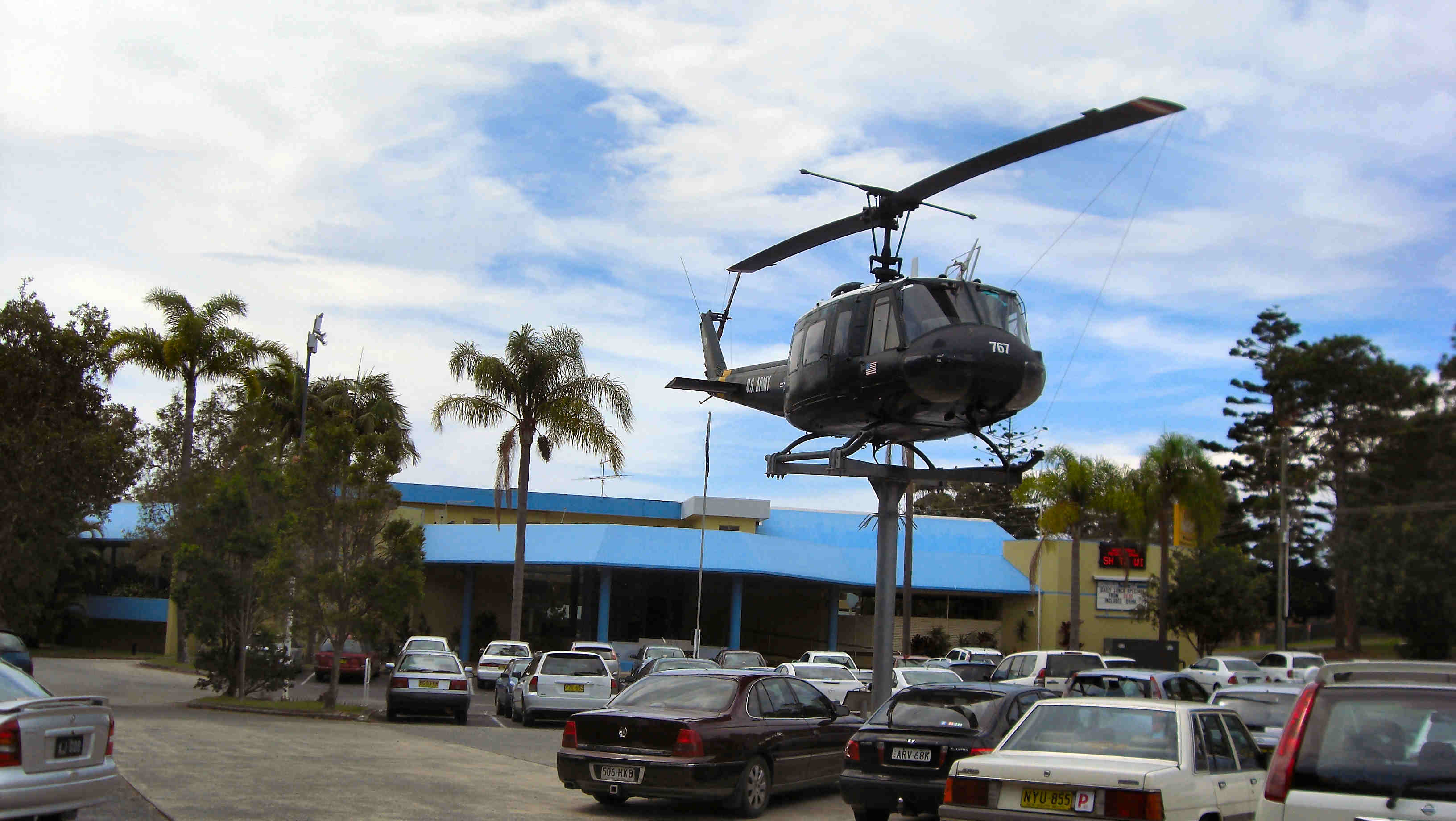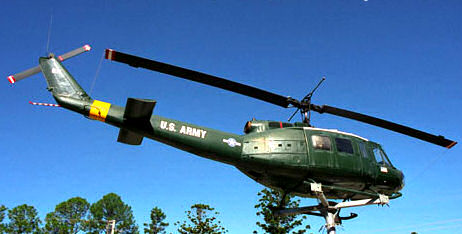|
Radschool Association Magazine - Vol 35 Page 13 |
|
Privacy Policy | Editorial Policy | Join the Association | List of Members | Contact us | Index | Links | Print this page |
|
|
|
A beat up.
Laurie Lindsay
Back in the 60’s, in South Africa, when the cadets were at the Military Academy (the Sth African equivalent to the ADFA), the Airforce pilots (they were all Candidate Officers with wings and only got commissioned upon graduation) went flying on Saturdays. The Pongos (army) and the Navy academy troops, however, went on route marches along the coast – as it should be.
|
|
|
|
|
|
When doing low flying exercises the minimum altitude was 200ft AGL. Somebody took this picture of the Air Force boys trying to get some "esprit de core" into the pongos with a "beat up" during their route march....Somebody had to do some explaining when it surfaced...
|
|
Wife says to husband "You only ever want sex when you’re drunk” husband says "that’s not true....... sometimes I want a kebab"
|
|
E10 petrol.
Ethanol contains less heat energy per litre than petrol, therefore E10, which is usually 3 cents/litre cheaper than unleaded petrol (ULP), will theoretically not take your car as far as it would if you used the equivalent amount of straight ULP. However, ethanol has a higher octane rating (129RON) than ULP (91RON) so the addition of 10% ethanol to regular ULP raises the Research Octane Number (RON) from 91 to about 94. This improved anti-knock characteristic can allow an engine to operate with greater efficiency and Ethanol has another side benefit, it also cleans fuel systems and burns more completely, reducing the build-up of carbon deposits and providing long-term benefits.
The ability of an engine to use the extra octane efficiently depends on the design and calibration of its engine management system. A trial undertaken in 1998 for the Federal Government, in a range of Australian vehicles, showed that the use of E10 in vehicles designed for ULP increases fuel consumption by an average of only 2.8%, however there was variation between individual vehicle models.
If a litre of standard ULP will take you 10 Klms, then a litre of E10 should take you 9.7 klms. With ULP at $1.40 per litre, 1 Klm costs 14 cents. E10 costs $1.37/litre and costs 14.1 cents per klm. If you travel 20,000 klms per year, ULP will cost you $4,900 while E10 will cost $4,943 – there’s nothing in it.
Click HERE to see what the difference in costs are for you. You can change the figures in the green boxes.
If your vehicle is in good condition, you should not experience much
more than the theoretical 3% increase in fuel consumption. If you try
E10 and experience an unusually high impact on fuel consumption, there
are a few possible causes and things you can do about them:
|
|
I bought the wife a Memory Stick, it's great!
|
|
It seems that before long, standard ULP will no longer be available and all ULP fuel sold will contain a blend of ULP and ethanol.
The Australian Government has limited the level of ethanol in petrol in Australia to a maximum of 10%, or E10. NSW is leading the push towards replacing regular unleaded with E10. Already the law in that state requires oil companies to blend six per cent ethanol in the regular unleaded fuel they produce. That will rise to 10 per cent on July 1, 2011, when regular unleaded will be banned. Owners currently using regular unleaded will then have the choice to use either E10 or the more expensive Premium unleaded or the even higher priced 98-octane unleaded fuels. As a rule of thumb, most cars built in the last 10 years or so can use E10 without any problem, although some carmakers whose cars run on PULP specify the use of high-octane fuel, which calls into question the use of E10 because of its 94-octane rating.
Many car owners are living in fear that their older cars will grind to a halt when E10 petrol replaces regular unleaded next year. They fear the use of E10 will have a devastating affect on gaskets, seals, hoses and other rubber components in the fuel system, but the future is not as bad as some predict. These fears are being fed by past reports of cars having had issues with corrosion and damage to seals and gaskets when run on ethanol but the corrosion concern has been addressed by the requirement to add a corrosion inhibitor to the ethanol, but it still leaves open the question of the effect on seals in the fuel system.
BP has come out and said that cars manufactured after 1986 and using regular unleaded can switch to its E10 fuel without a problem. The oil company says that it has sold more than 100 million litres of E10 in Australia since 2000 and has not had a single complaint. So confident is it that BP backs its claim that E10 will not cause any problems with a guarantee. Other oil companies are expected to make similar claims about their own fuels, and are expected to have their own guarantees to ease the fears of motorists.
Cars built before 1986, and that covers the vast fleet of classics on the road, should not be run on ethanol. They are the ones most likely to suffer problems with rubber seals and gaskets. The best option for owners of those cars in the medium term is to run Premium unleaded of the higher 98-octane unleaded and use an additive for valve protection.
To find out if your car can run on E10, take a look HERE.
While New South Wales might be leading the charge to cleaner, greener ethanol blend fuel, it is expected other states will shortly follow suit. Queensland has indicated it plans to move to an E10 blend next January, but is yet to finalize the required legislation for the move. The Victorian government, meanwhile, has said it is planning a similar switch, but has not yet indicated when it might do so. At this point in time, NSW is the only State replacing regular unleaded petrol with E10, a blend of 10 per cent ethanol with 90 per cent unleaded petrol.
If the timing of the switch is still uncertain in some states, one thing that is clear is that motorists are facing an ethanol-powered future and although the primary reason given to use ethanol in petrol is to cut our (supposed) greenhouse gas emissions, it also has the important effect of reducing our dependence on fossil fuels, which are obviously running out. It will also help Australia's balance of trade, given that more than half of the oil and gas we use is imported and adds some $17 billion to our trade deficit with predictions that it could go as high as $30 billion by 2020.
Unlike oil, ethanol is a renewable fuel, currently made locally from waste products such as sugar cane, waste from starch production, red sorghum, with other feed-stocks being developed for future use.
TOP 15 FUEL MISERS.
If you want a car that provides the best economy, check the list below.
|
|
|
|
|
|
* Annual cost for fuel at 15,000km a year and $1.35 a litre. Source: Green Vehicle Guide
|
|
Important Warning.
We have it on good authority that John Broughton has finally sold the petrol loving Toyota. It seems the recent trip around Queensland (see HERE), which necessitated Caltex running an extra shift just to keep fuel up to the brute, was the last straw. The Tojo had to go.
|
|
|
|
|
|
We now believe that JB has dumped petrol fuelled vehicles completely in favour of diesel which, although costing a little bit more per litre, goes through the vehicle slower and takes the car a bunch of klms further down the road.
|
|
|
|
|
|
The Tojo was traded for a spanking new diesel Isuzu duel cab ute and we hear that the van has been cleaned out, hooked up, stocked with cartons of beer and Sao biscuits and is headed now for Broken Hill. If you're on the road, look out..
We’ve rung Broken Hill and warned them!!!
|
|
|
|
Two vultures board an airplane, each carrying 2 dead raccoons. The stewardess looks at them and says, "I'm sorry, gentlemen, only one carrion allowed per passenger.
|
|
Are frequent flier credit cards worth it?
Choice
The premise is golden: spend on your credit card and earn frequent flier miles as you go! But are these reward cards really worth the effort? The answer, it seems, depends on how much you spend on your card, and how you manage your accounts.
Travel rewards credit cards allow you to earn points towards flights and holidays as you spend, but if you choose the wrong one, you may find the experience far from rewarding. According to Choice, you need to spend at least $2,000 in purchases per month on a rewards credit card to generate any positive return, once you take into account the annual fee. But this doesn’t factor in the interest payable on your purchases if you don’t pay off your entire credit card balance in full each month and there’s a very good chance that your frequent flier card won’t be doing you any favours at all.
Choice looked at 63 cards in total, with each offering either their own dedicate travel rewards program, or a link to an airline’s frequent traveller program. Their research found that those who spend a decent amount every much – that is, at least several thousand dollars –clearly stand to gain the most. Spending around $1,000 a month on your card will cost more in fees than you earn in rewards.
However, there are additional factors to keep in mind. For instance, you often have to use an Amex card to earn the most points. With some Qantas-linked Frequent Flier cards, you only earn 1 point per $2 spent on the Visa, or but you earn 1 point per $1.50 spent on your Amex. The extra points generated on the Amex are a bonus, but some retailers charge up to 2% to use an Amex. So, you’ll need to figure out whether the costs of using the card outweigh the benefits you receive in frequent flier points. It’s almost too complicated to calculate!
There are some good-value products available but you must choose carefully and pay the balance in full each month. If you can’t pay your balance in full each month, it’s probably good advice is to forget about rewards cards altogether and opt for a no-frills, low-interest credit card instead.
Good Idea??
Is this a good idea or what?? No more tying plastic bags into a knot,
no more twist ties or rubber
Cut the top off a plastic bottle, keep the neck part and the cap and discard the bottom half.
Remove the lid then poke the top of the plastic bag through the bottom of the bottle and out through the neck. Fold it back over the edges then screw the cap back on.
Your bag is now airtight. Howzatt???
|
|
The Woolgoolga Chopper.
There is
a little beach-side town about 25 klms north of Coffs Harbour, on the
Pacific Hwy, called Woolgoolga. Anyone who travels that part of the
country will know it as the town with the
It also has a medium to large RSL club and outside the RSL, on a pole, sits an Iroquois helicopter. This helicopter is a bit confusing as it has RAAF markings on one side and US Army markings on the other.
It seems there is quite a story about this particular aircraft and the aircraft it represents. The one on the pole was never an Australian aircraft, but is instead a UH-1 on permanent loan from the United States Government and marked as A2-767. It was built in 1974 and saw service in the Gulf War. There is another aircraft at the Dandenong (Vic) RSL which is also marked as A2-767 on one side. That particular aircraft is also an ex US Army aircraft and is marked as 73-21763 on its other side.
So – what of A2-767??
A2-767 was a H model and was delivered to 9 Sqn in July 1968 and operated out of Vung Tau.
In April of 1971, Lance Corporal John Francis Gillespie, 24, of the Australian Army, was serving as a helicopter medic with 8 Field Ambulance. On 17 April 1971, he was on board A2-767 carrying out a Dust-off mission in the Phuoc Tuy Province. At about 4:20 p.m. the crew were in the process of winching a wounded ARVN soldier, who had lost both legs in a mine incident, up into the hovering helicopter when the pilot was shot dead by enemy ground fire and the aircraft crashed and caught fire. The helicopter crashed onto and killed the injured person being winched and also an American adviser who was on the ground assisting the dust-off as well as an Australian adviser who was killed by one of the spinning rotors. John Gillespie was also killed. His body could not be recovered from the burning wreckage. The crash site was located in February 2004 and in December 2007 human remains discovered at the site were positively identified as those of Gillespie and were repatriated to Australia for burial.
This Woolgoolga memorial is in recognition of the invaluable assistance given by the Iroquois to the men of the Australian Defence Forces during the Vietnam conflict. Especially in remembrance to those RAN crewmen killed in action: Lt Cdr Patrick Vickers, Lt Anthony Casadio, Sub Lt Anthony Huelin, POACM Cedric O’Brien, LACM Noel Shipp and the following members of RAAF 9 Flt Lt Everitt Lance, P/O Ronald Betts, Cpl David Dubber, LAC Alan Bloxom.
The characteristic “whap-whap” sound of the Huey is fondly remembered by those who depended upon it for their survival. In all over 78 Distinguished Flying Crosses were awarded to 9 Sqn plus many MIDs.
Although helicopters were in use towards the end of WWII it was the Vietnam conflict that saw the newer, faster helicopters being used fully as multi-role aircraft.
The RAAF flew various models in Vietnam, the UH1B, 1D and the 1H which was the best of the lot. The H had a range of 500km, a top speed of 200kph, a 1400 shp engine but most importantly could carry six litters plus medical crew.
Although the Huey remained in production until 1980 the RAAF replaced it’s Hueys in 1976.
|
|
Two boll weevils grew up in South Carolina. One went to Hollywood and became a famous actor. The other stayed behind in the cotton field and never amounted to much. Naturally, the second became known as the lesser of 2 weevils.
|
|
Back Go to page: 1 2 3 4 5 6 7 8 9 10 11 12 13 14 15 16 17 18 19 20 Forward
|
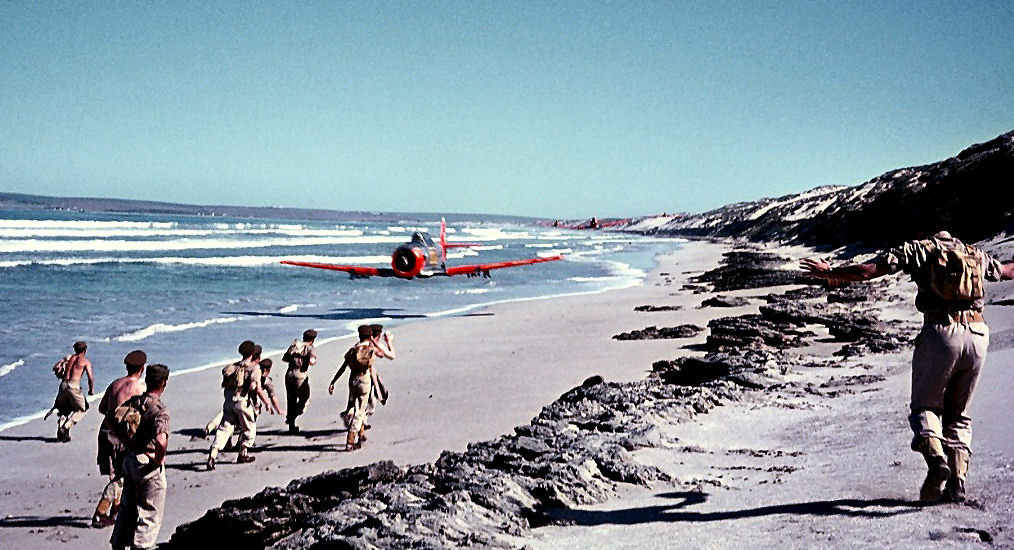
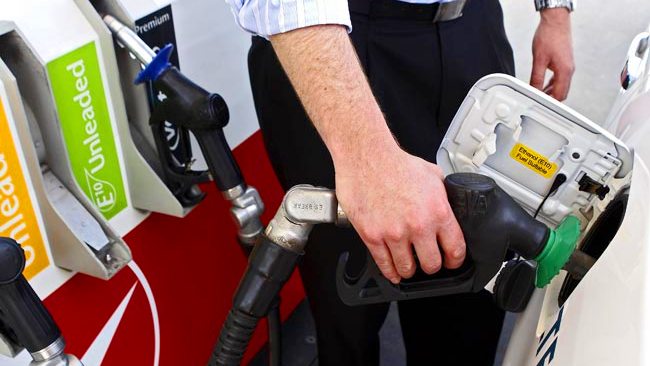
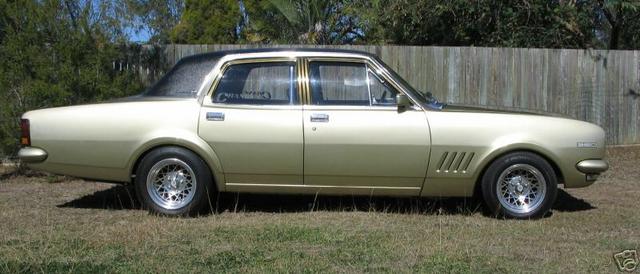
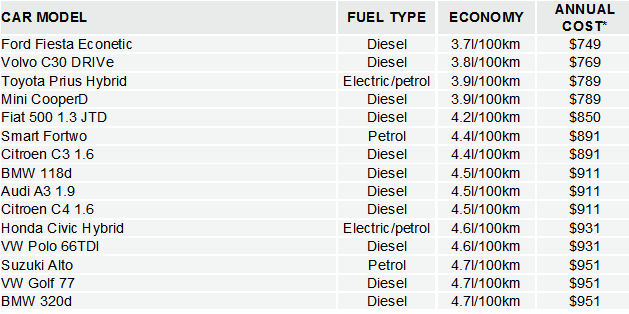

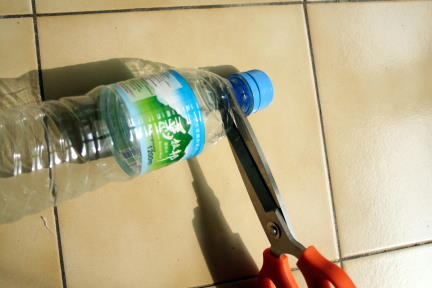
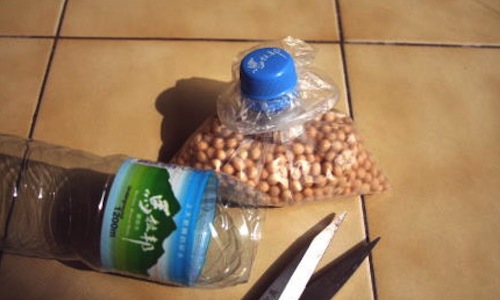
.jpg) Sikh Temple, and the two fibreglass elephants.
Sikh Temple, and the two fibreglass elephants.